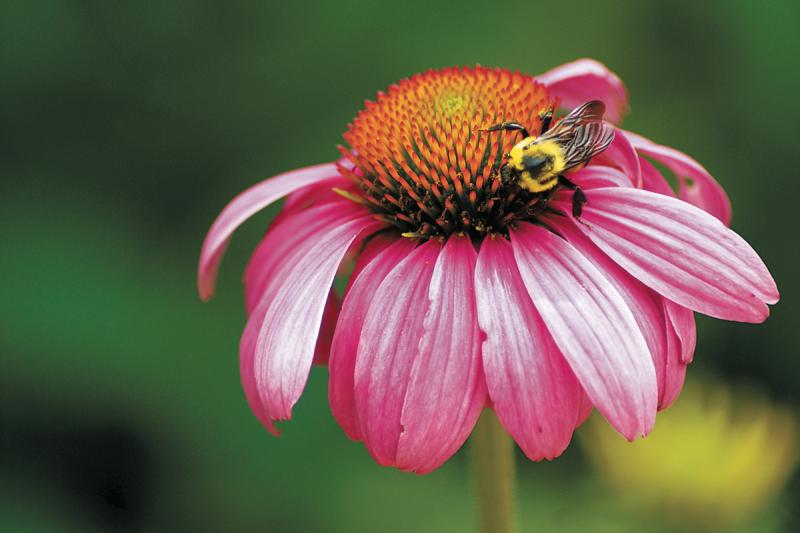Deadhead your flowering plants for more blooms
Needing a new name for his band, in 1965, founder Jerry Garcia used a dictionary entry that told the folk tale motif of a traveler who gives his last penny to pay for a pauper's burial, then is wondrously helped by the spirit of the dead person, the grateful dead. The newly named band, the Grateful Dead, was a commercial sensation and developed a cult following of fans known as Dead Heads.
There is room for dead heads in the summer garden. With hot weather and limping flowers the garden will be most grateful if you “deadhead” or remove spent flowers to encourage more blooms. The underlying principle is that the purpose of a flower is to get pollinated and produce seeds, so if you interrupt that cycle by pinching off, or “deadheading,” the dead flower before it sets seed, the plant will continue to bloom.
Almost all annuals and many perennials will keep blooming throughout the growing season if deadheaded.
The easiest way to deadhead is to simply pinch off the spent flowers with your fingers. Pinch the flower off between your thumb and forefinger. Larger plants may require cutting with garden shears or pruners. Be sure you cut off the entire flower not just the petals or the plant may still use energy producing seeds rather than more blossoms.
With bushy plants with lots of flowers, such as sweet alyssum or threadleaf coreopsis, it is often easier to just cut back the entire plant - dead flowers leaves and stems.
The plant will recover and send up a profusion of new shoots and blooms. Tall perennials with long stems can be deadheaded by pinching off individual blooms on each stalk or simply removing the entire stalk.
Even shrubs will benefit from removing dead flowers. Reblooming roses will certainly bloom more if you keep the dead blossoms trimmed off. Many people cut the withered blooms off their lilacs, if only for a neater appearance.
Not every plant needs to be deadheaded. Ornamental grasses, vines, groundcovers and minor spring bulbs, such as crocus, do fine left to themselves.
Leafy vegetables, such as lettuce and Swiss chard, and green herbs, such as basil, will often bolt or go to seed when you really don't want them to flower at all. If you cut off the flowerbuds you just might extend their growing season; although, many leafy greens become bitter in the summer heat whether they set seed or not.
Not every flower will re-bloom after deadheading. Tulips won't send up another shoot after you remove the dead blossoms but the plants will look better in the landscape.
Flowers that respond well to deadheading include Coneflowers (Echinacea), Bee Balm (Monarda), Cosmos, Shasta Daisies, Columbine, Geraniums (Pelargonium), Marigolds, Hollyhocks, Coreopsis, Roses, Zinnias, Snapdragons and Begonias.
In addition to deadheading, be sure to water your plants every few days; hanging plants may need to be watered daily. A good organic fertilizer applied monthly to perennials and every three or four weeks to annuals will also keep the blooms coming. Be sure you use a fertilizer that is high in phosphorus and low in nitrogen.
You can, of course, leave some flowers to go to seed to collect for next year, or simply to provide food for the birds. Whether you grow scarlet begonia or sugar magnolia, deadhead, and the flowers will just keep on truckin'.



























































